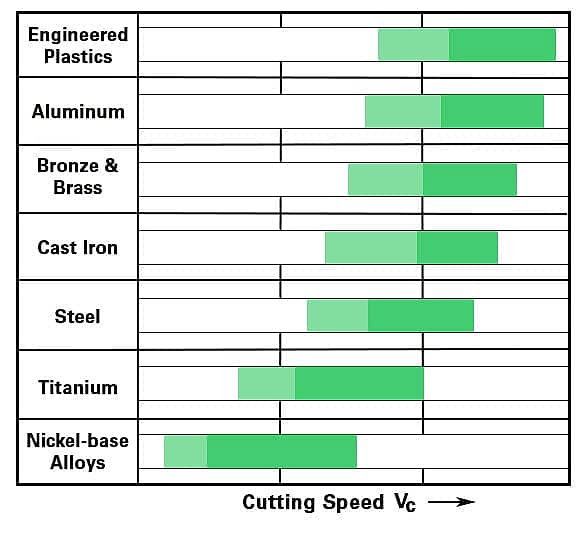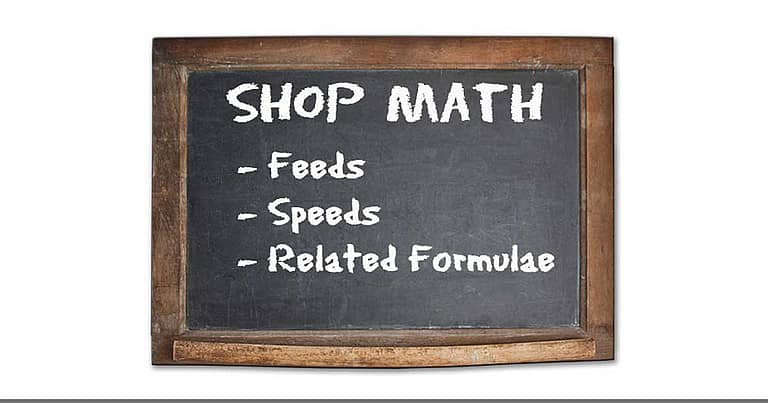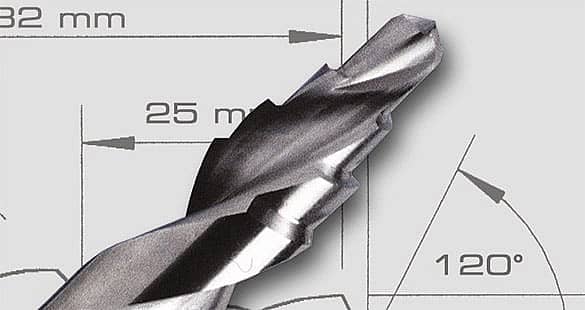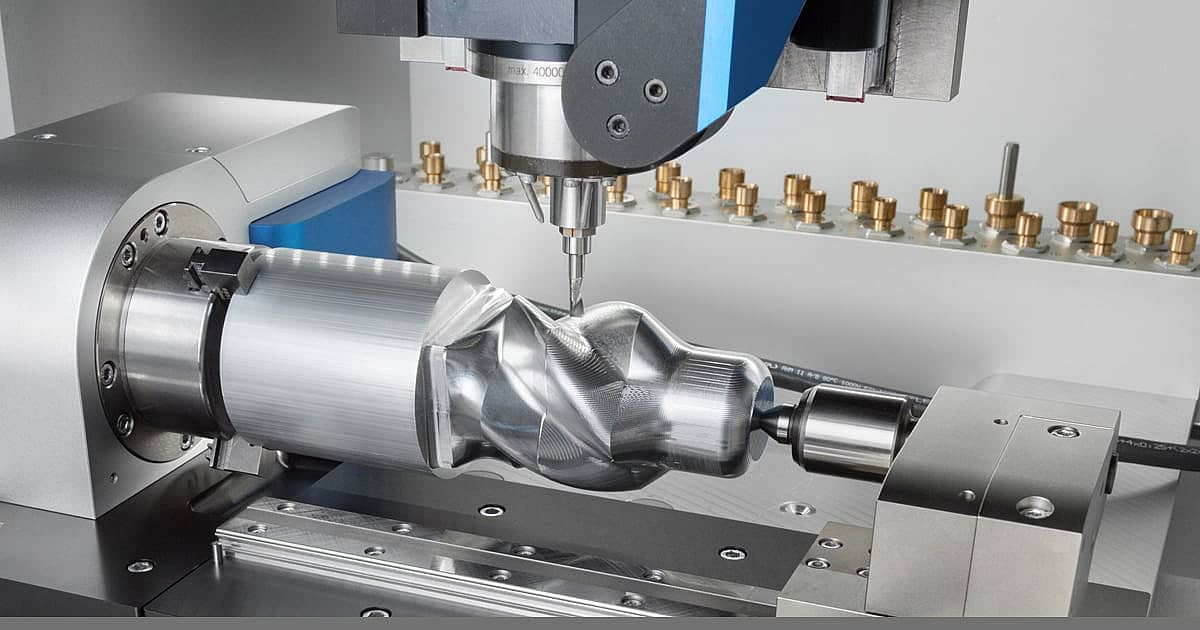
What’s the Difference Between 3-axis, 4-axis, and 5-axis Milling?
These days, CNC technology has evolved to include touchscreen controls, robots, and multiple-axis machines. For those that are brand new to the world of machining and bringing your manufacturing in-house, it’s daunting to figure out what kind of equipment you need. To provide a better idea of which milling machine and capabilities are best for you, we’ll explain the difference between a few types of machining: 3-axis, 4-axis, and 5-axis.
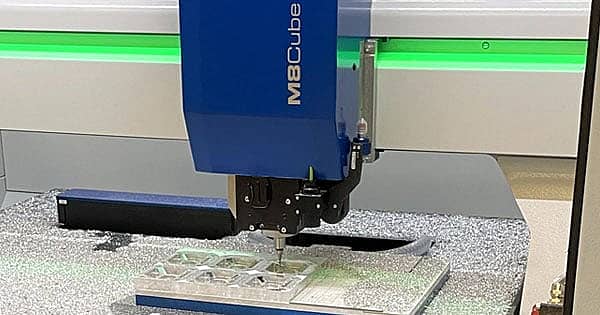
What is 3-axis Milling?
For 3-axis machining, the tool can move in three distinct directions independently or simultaneously relative to the material. It can move in the X, Y, and Z linear directions. In the case of a DATRON 3-axis milling machine, it’s back to front (Y-axis), side to side (X-axis), and up and down (Z-axis).
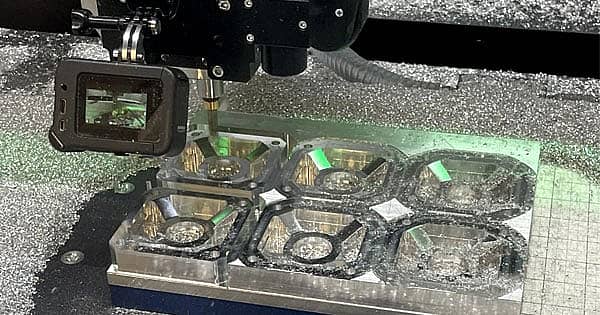
3-axis machining is great for sheet milling parts like panels and enclosures. It’s often used to make 2D and 2D.5 geometry. If you need to machine multiple sides of a part, that’s possible using multiple setups. Each orientation of the part gets set up and reconfigured in the workholding, which means more time is spent on the setups rather than milling the parts. There’s also more room for error with the fixture and aligning it to make sure the features are milled accurately. However, the DATRON next© control, integrated camera, and touch probe make it easy for even the most complex setups. Since precision and time are important factors in keeping production profitable, 4th and 5th axis machining may be more suitable depending on part geometry.
A 3-axis machine is well suited for operations like drilling, threading holes, cutting key slots, milling undercut features, cutting sharp angles, surface features, and features on the same plane. All these operations can also be done on 4-axis and 5-axis machines; the choice between them ultimately depends on your workflow, application, and budget. Complex geometries can be machined with 3-axis milling, but depending on the part’s geometry, 4-axis or 5-axis machining may be faster or necessary to reach certain features. If you need to make features that are on an angle to the XYZ coordinate system, 4th and 5th axis milling may be quicker and more precise.
What is 4-axis Milling?
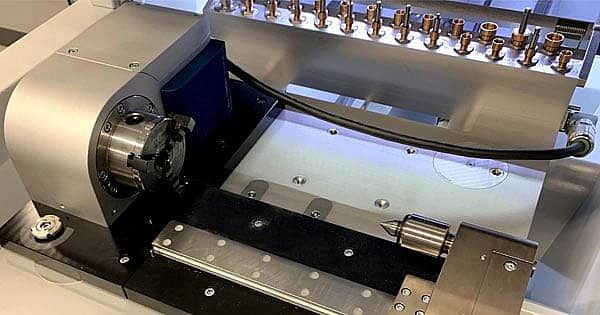
There are different variations for 4-axis machining, but we will talk about vertical 4-axis milling. 4-axis machining has the same 3 axes (XYZ) as 3-axis, plus an additional axis for rotation. With a DATRON machine, it’s the A-axis. The A-axis has the workpiece rotate around the X-axis. The rotation allows 4 sides to be machined while the part stays in the fixture and needs only one setup.
There are 2 types of 4th axis milling: indexing and simultaneous (this is also the case for 5th axis milling). Indexing in 4-axis milling, known as 3 + 1, has the workpiece rotate into a position where 3-axis milling strategies are then used. For simultaneous machining, the part rotates, and the machine cuts it at the same time.
More complex geometries, like arcs and helixes, can be achieved more efficiently with 4th and 5th axis machining. You’re also able to cut angled features more easily. However, because the piece is secured in a single setup for 4th axis, the angled features need to be on the same axis. Otherwise, with different angled features, you adjust the setup (and possibly change the fixture) for each angle.
4th axis machining is often used when cut-outs and holes are on the side of a part or made on a cylinder. By using 4-axis instead of 3-axis, you typically save more time because you’re eliminating the need for additional setups. It’s also easier to hold tight tolerances on all 4 sides of a part since it stays in a single setup.
What is 5-axis Milling?
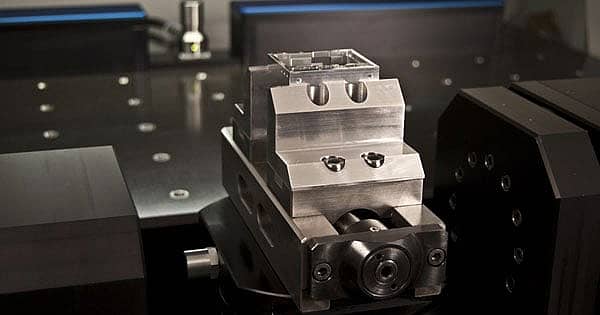
Like 4th axis machines, 5th axis machines also have their variations. The machines typically either use a rotation in the A-axis and C-axis or a rotation in the B-axis and C-axis. Both the workpiece and the spindle rotate in 5-axis milling. The two main types of 5-axis machining are simultaneous and 3+2 index milling.
For simultaneous milling, the cutting tool is in XYZ coordinates at the same time as the other two axes (A and C or B and C). This method allows highly complex 3D shapes and curves to be made. 3+2 does not have the two axes rotating at the same time. Instead, the rotation axes operate independently of each other, and the workpiece rotates to an angle in relation to the cutting tool. 5-axis machining allows manufacturers to create parts that were normally made using molds.
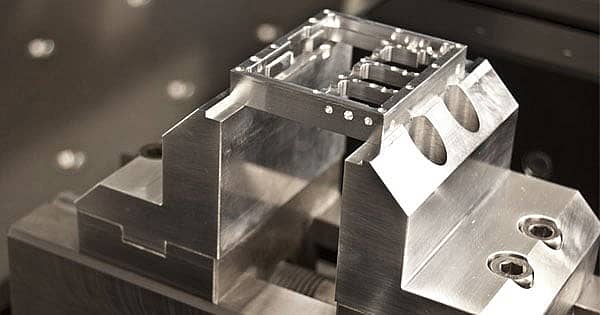
So, does this mean you need a separate machine for each type? Not necessarily. By adding trunnions or rotary axis accessories, 3-axis milling machines gain 4th and 5th axis milling capabilities. This is the case for DATRON CNC machines.
The DATRON neo, M10 Pro, and Cube Series are 3-axis milling machines available for upgrades with DATRON accessories. The M10 Pro and Cube series’ machine beds have cut-out options for 4th or 5th axis accessories. The neo can do 4-axis milling with a rotary axis accessory. There is even a 5th axis DATRON machine, the C5, which is used for micromachining small, precision parts.
Our DATRON experts help many customers bring manufacturing in-house. Reach out to our team to see which machine and accessories are the right fit for your parts.




